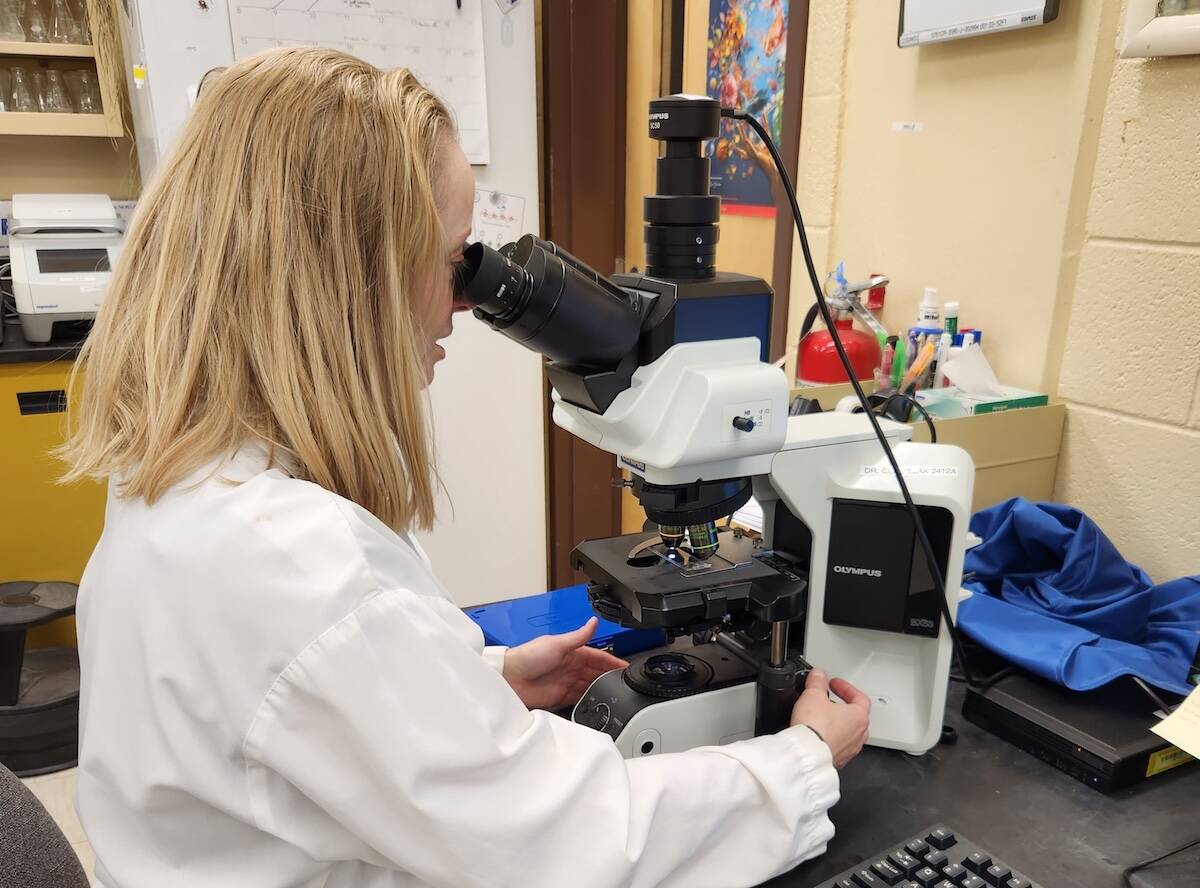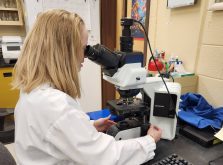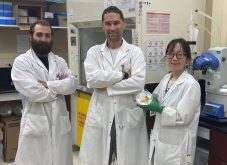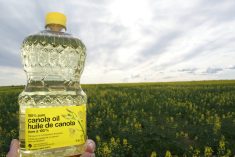Dangerous beetle found in L.A.
U.S. customs officials on Jan. 5 said they had found a beetle considered one of the world’s most dangerous agricultural pests in a shipment of rice arriving at Los Angeles International Airport. Officials found an adult khapra beetle, eight larvae and a shed skin in a shipment of Indian rice from Saudi Arabia, a spokesman said. The khapra beetle, which is native to India, is considered one of the most destructive pests of grain products and seeds. The rice was found in a box of food and personal effects being sent from one person to another.
Read Also

What is going on deep below the surface?
Researchers are diving deep into the soil – more than 60 cm. below the surface – to find out how microbial communities shape how carbon and nitrogen cycle through our soils.
New U of C institute to study water pollutants
The University of Calgary has created a new institute to research the impact of harmful chemicals in the environment.
The Institute of Environmental Toxicology (IET) will study the nature, fate and persistence of chemicals in the environment as well as remediation of terrestrial and aquatic contamination activities.
“We want to exploit advanced techniques and novel approaches to address an urgent need in Canada, and globally to ensure an environment free of harmful chemicals,” institute director Dr. Hamid Habibi, professor in the department of biological Sciences at the university, said in a release.
IET is a multi-disciplinary team which will include biologists and engineers from the University of Calgary, University of Lethbridge and University of Alberta as well as scientists in municipal and federal laboratories.
The City of Calgary is one of the main partners and is closely involved in a joint initiative with the University of Calgary at the city’s Pine Creek Wastewater Treatment Centre.
“The causes of contamination are wide ranging. They could include pollutants released from waste water treatment plants and landfills, such as plasticizers, surfactants, flame retardants, drugs, personal care and industrial products. In addition, there are heavy metals or other toxins resulting from mining activities and electronics consumerism, agricultural run-off, oilsands operations and tailing ponds,” Habibi said.














